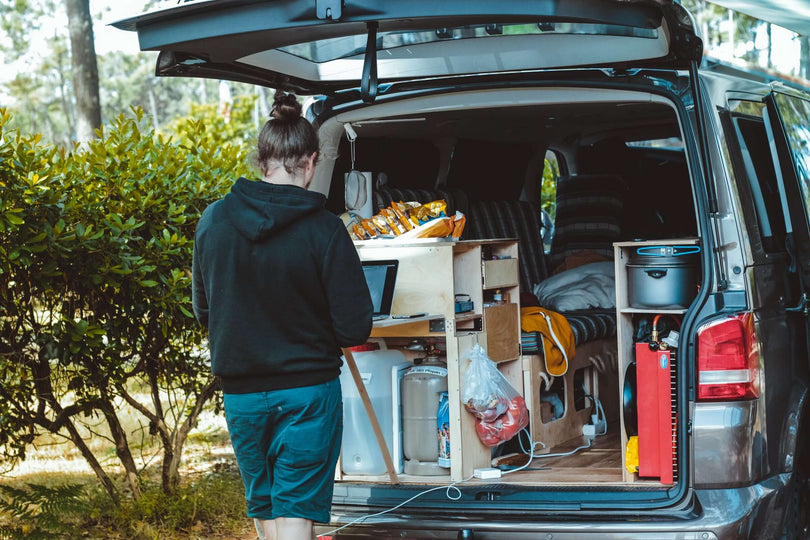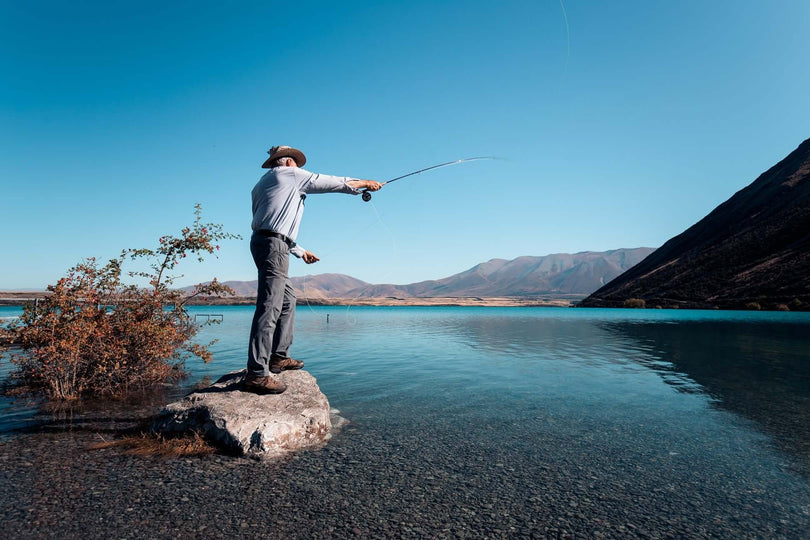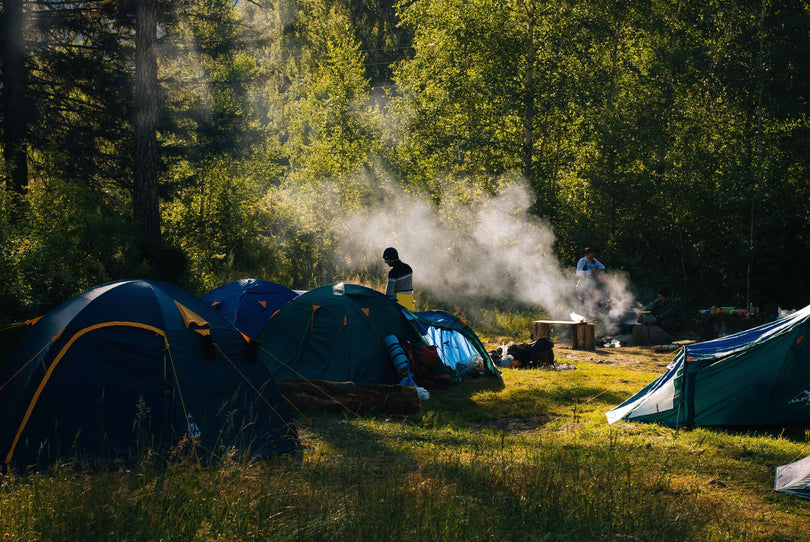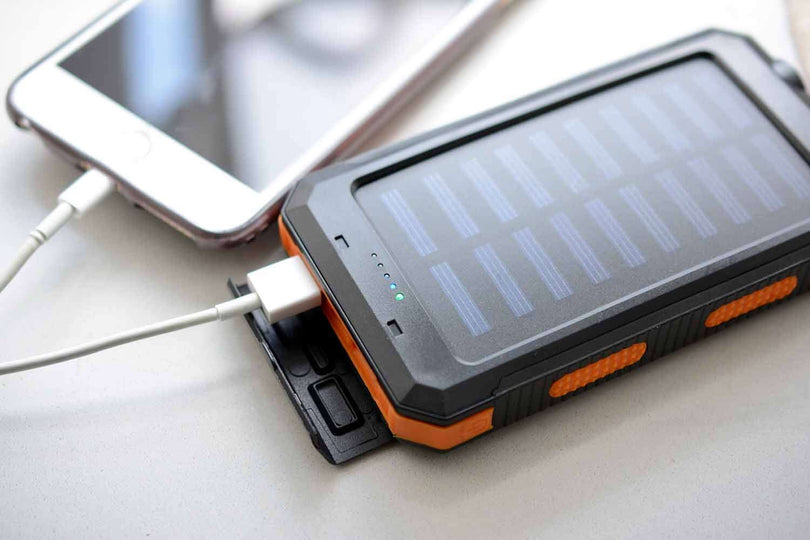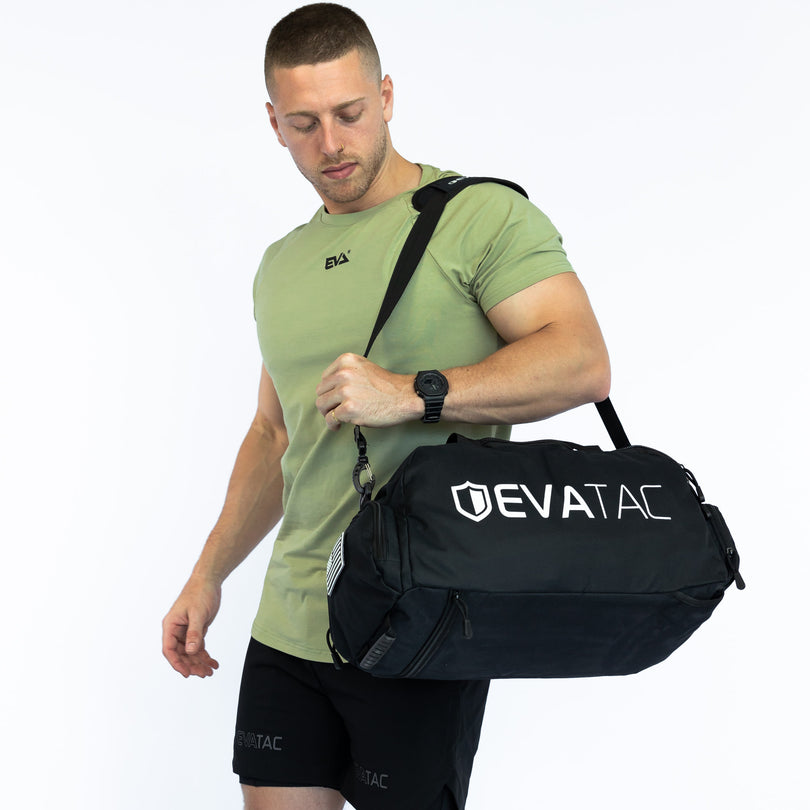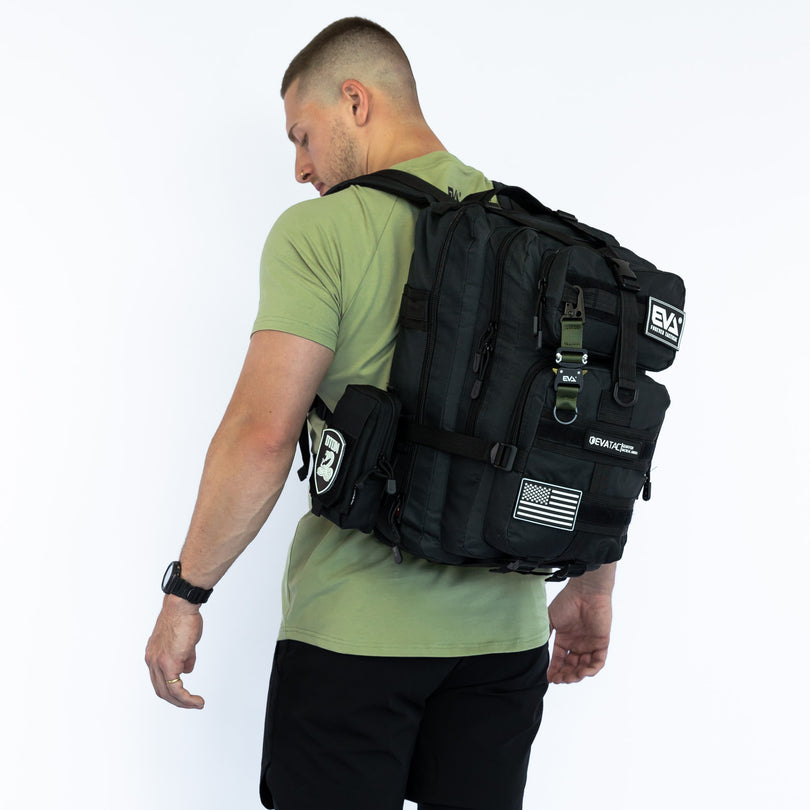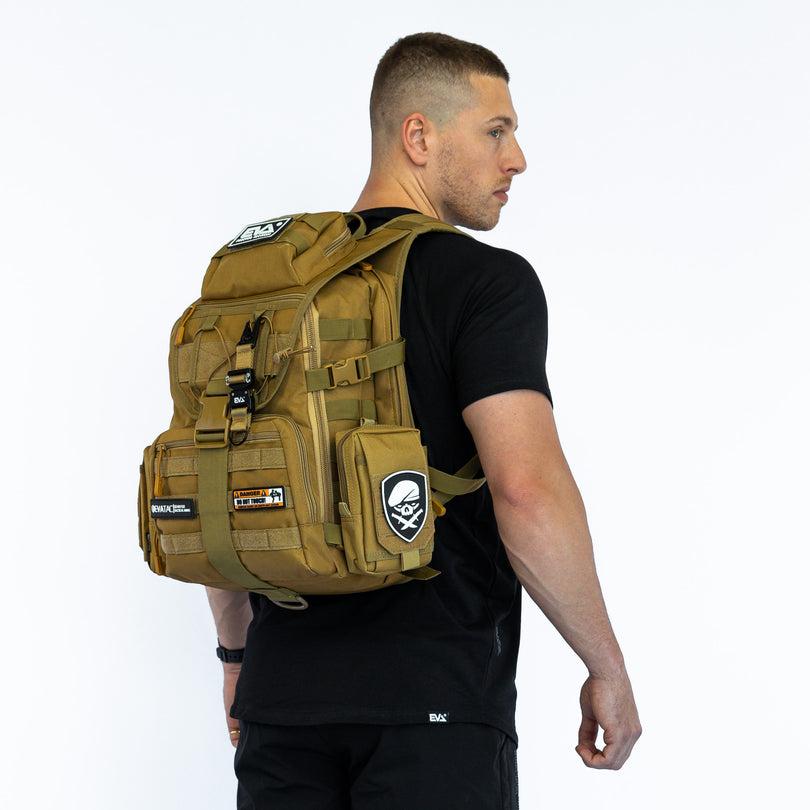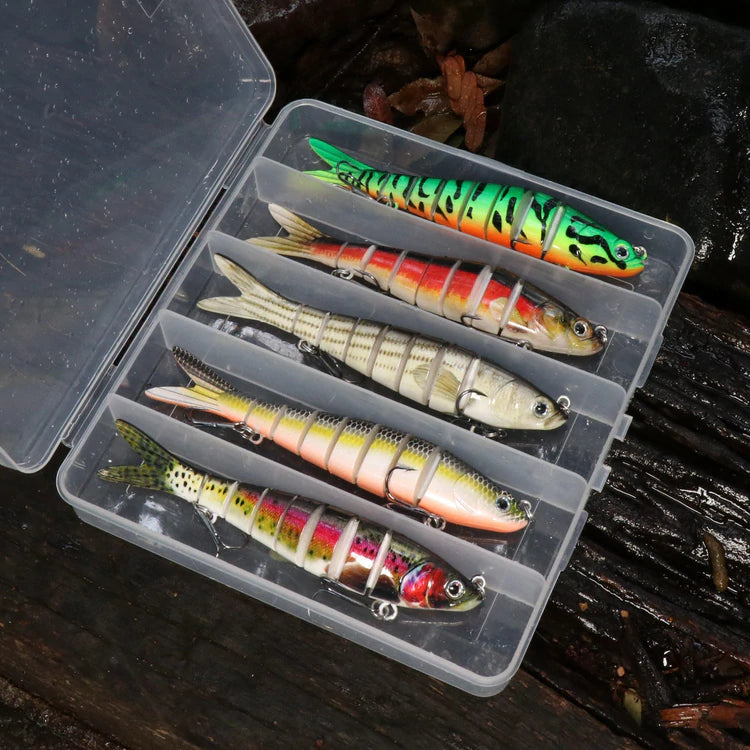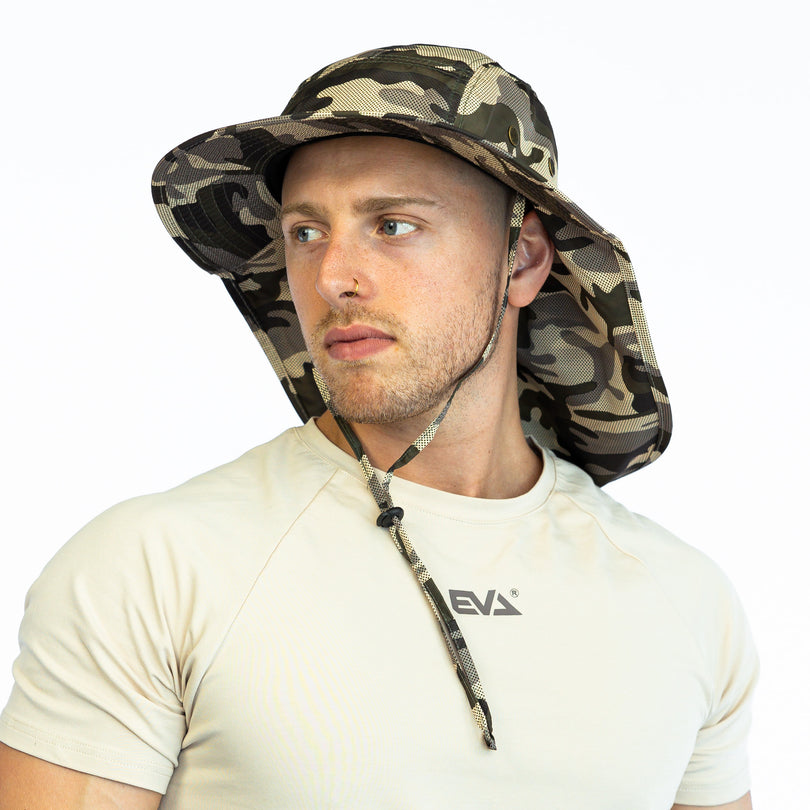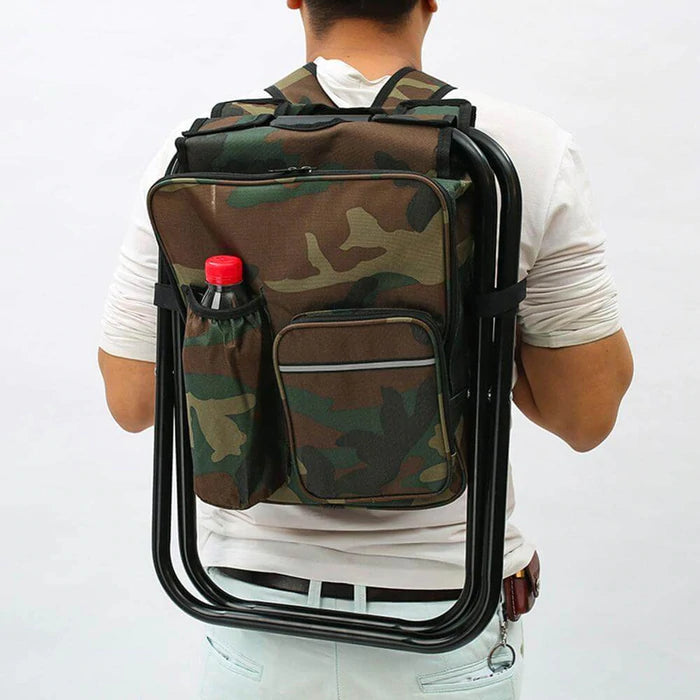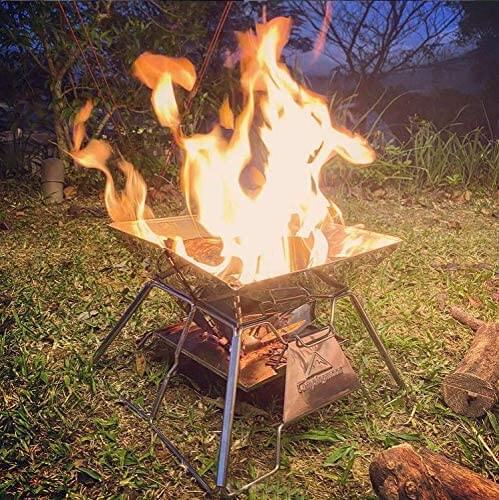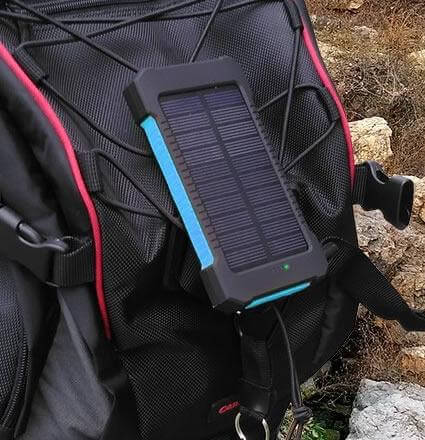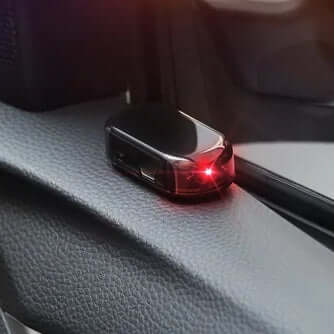Looking to add a little variety to your fishing repertoire? Why not try catching bream! This type of fish is relatively easy to catch and can provide a delicious addition to your dinner table. If you've never caught bream before, try out some bream lures on your next bream fishing trip.
There are a lot of different species of fish out there, and only a few will be appealing to most anglers. It's hard to find a lure that will attract a wide variety of fish—but bream lures are just that. Yellowfin bream is one of the most popular types of fish, and for good reason too: they're delicious! They're also pretty easy to catch, as long as you have the right bait.
When it comes to bait fishing, bream can be a tricky catch. They're not so easy to get hooked, and they don't always stay put. However, that doesn't mean you can't catch them—there are a few tricks of the trade you can use to make your odds better.
In this guide, we'll show you how to catch bream using the best fishing lures—we've got some recommendations and tips for different occasions as well. So what are you waiting for? Let's get started!
Bream fishing basics
Bream fishing is a sport that is widely available to Australian anglers. Larger breams often take the bait, while smaller breams are readily attracted by lures. The most commonly targeted species include the red-finned bream, yellow-finned bream, and the mangrove jack. Bream can be caught in estuaries and beaches all around Australia, with some states being better than others depending on local access and season.
Breams are a popular target because they are plentiful, have excellent eating qualities, are easily accessible, and make for a good sport fish. They are generally easy to catch when fishing with bait or using lures, but it takes skill to hook those that getaway. Bream can grow large enough to enjoyably fight on light tackle and are a challenge for even experienced anglers.
Bream location
Bream are a type of freshwater fish that is found in rivers, lakes, and streams all over the world. They are a popular target for both recreational and commercial fishermen, as they are relatively easy to catch and make for delicious eating.
Sea bream are commonly found in estuaries and near beaches where the water is shallow, clear, and calm. Their favorite foods are worms, shellfish, and small crustaceans, so they will be found near structures that provide cover so they can hide from predators. For this reason, lures that imitate these types of prey are often the most successful at catching bream. This makes bridges and jetties favored spots to set up shop.
When fishing for bream, it is important to consider where they are hiding. Bream love to hide in thick vegetation, around submerged logs and branches, and in other areas with plenty of covers.
Tackle
The best tackle for bream fishing will vary depending on whether you're fishing surf or estuary, but also comes down to personal preference. Bream fishing is a hugely popular sport in Australia, but it’s not often that we talk about its best tackle. Whether you’re just getting started or you’re a veteran of the sport, knowing what setup to use can be confusing with all the options available.
You need to figure out whether you want a baitcaster or spinning reel, and then decide about line size, rod length, reels, and lures. When fishing vertically mix up the retrieve, without getting too excited with the way the blade shakes the rod tip.
Tackle for bream fishing can vary depending on the type of water you’ll be targeting them from. If you’re fishing from surf, you want a light spinning rod that a 1–3 or 2–4-kilo class and length around 7 feet (alternatively, between 1½-2¼ meters) with medium-heavy to heavy lines (15-20lb) so you can cast lures and plastics further out. Spinning reels are more commonly used here as they have more power and are better suited for casting heavy lures like hard bodies and metal jigs.
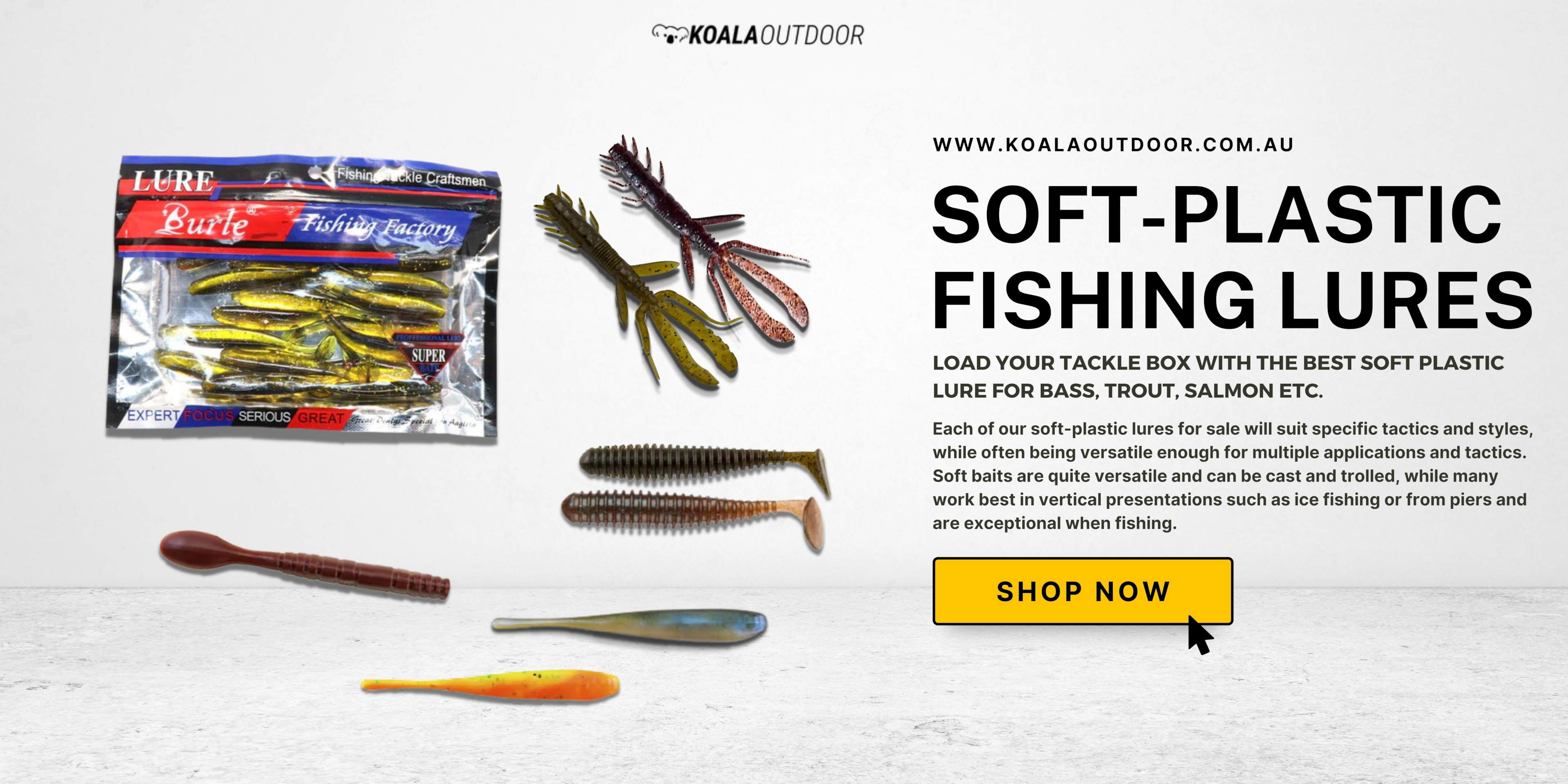 Baits & fishing lures
Baits & fishing lures
When you're out on the water, you'll find that equipment can make or break your day. If you've ever spent a day bream lure fishing with the wrong tackle, you'll know that it's one of the most frustrating days on the water that you could have. It's not just about having good equipment, though – it's also about having equipment that works well for your personal preferences and techniques.
Bream can be caught using a wide variety of lures and best baits – from hard bodies (like lightly weighted jig head), soft plastics (worms or squid strips), or pippis (live bait). Bream are opportunistic feeders that eat a range of natural prey such as shellfish, prawns, octopus, and small fish like anchovy and sprat. For bream fishing in estuary water, a small hard body lure is usually the best option.
Best baits like worms, sandworms, and prawns work best for targeting bigger bream, but if you're out for a day of fun fishing with friends or family and come across a school of smaller ones, don't be afraid to give them a try on a lure like a small grub or minnow imitation.
However, if you're fishing in surf conditions, soft plastic lures are almost always the best bet. When looking for the best tackle for bream fishing, consider what type of fishing environment you're in. You might want to bring a few different options with you to test out which ones work best for your particular situation.
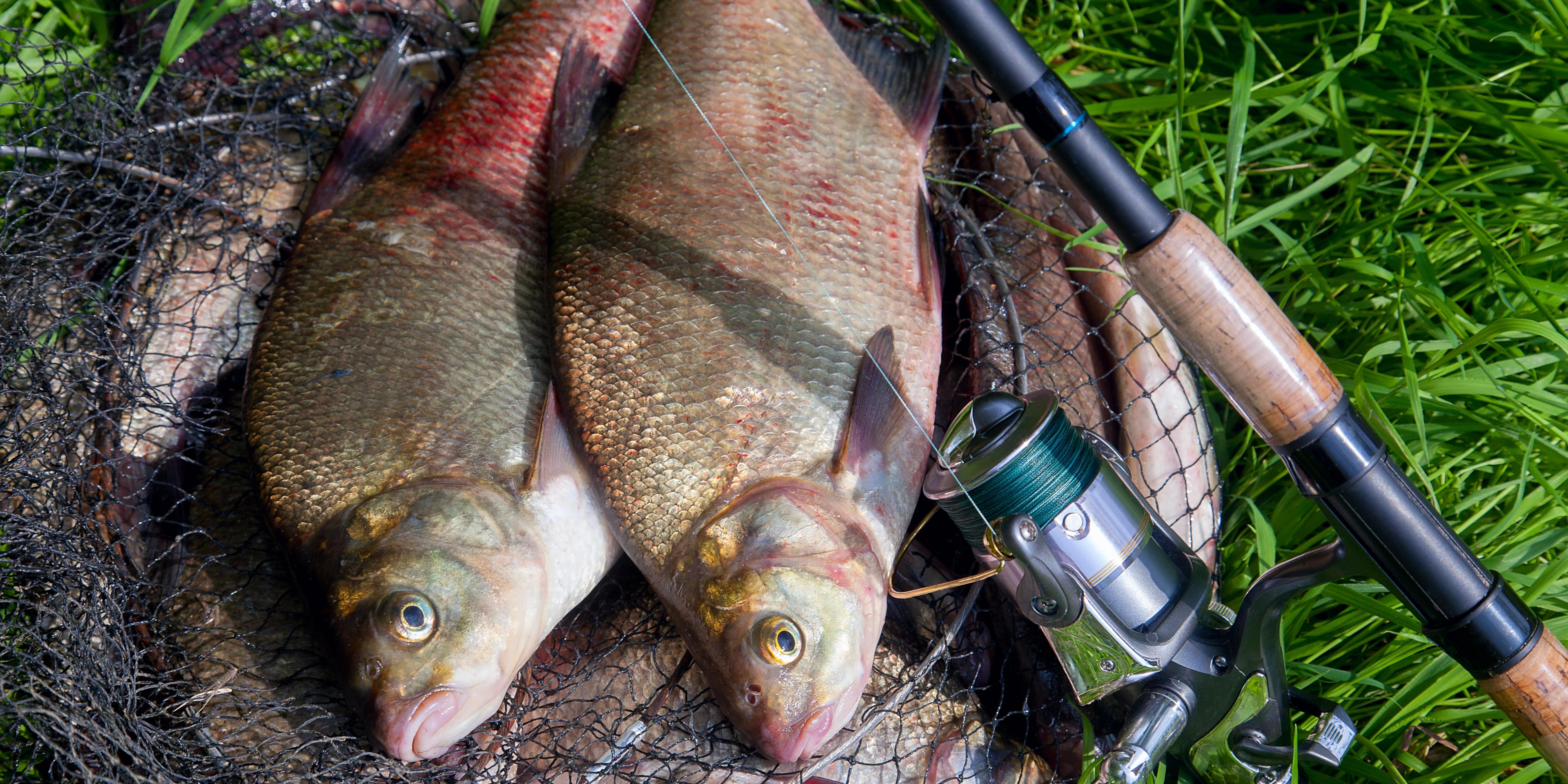 How to catch bream fish?
How to catch bream fish?
There are a few key techniques that you can use to increase your chances of success when targeting bream.
1. Choose the right lure
As mentioned before, bream tend to prefer small baitfish-imitating lures. So, minnow-shaped plugs, grubs, and small spinnerbaits are often good choices. The best bait for bream can be caught on float gear and bottom fishing rigs with the best baits.
2. Consider the water conditions
It's important to fish in areas where there is a heavy cover, such as around logs, docks, or submerged vegetation. Bream often hide in these areas, so targeting these areas with your lure is more likely to result in a strike. As mentioned before, bream are most active in warm, shallow water. So, lures that work well in these conditions are often the best choice.
3. Rig your lure properly
Make sure to rig your lure properly so that it will mimic a small baitfish swimming through the water. This can help attract bream to your lure. In this environment, the angler with the right hook will get more fish.
4. Fish in the right spots
Bream tend to congregate in certain areas, such as around structures or in weed beds. So, fishing in these areas can increase your chances of success.
5. Be patient
Bream can be notoriously finicky, so it is important to be patient when fishing for them. If you don't get a bite after a few minutes, try changing your lure or moving to a new spot. They are not particularly aggressive fish, so it can often take them a while to strike. If you're not getting bites, try changing up your lure or moving to a different area. With a little patience, you're sure to find the fish!
Koala Pro Tip: Another good technique is to fish with light tackle. Bream are not particularly large fish, so using lighter tackle will increase your chances of landing them. Additionally, using a lighter tackle will allow you to feel the bite more easily, making it easier to set the hook.
We hope this guide has given you everything you need to get started with targeting bream with lures. Remember the more time you spend on the water the more experience you will gain targeting these allusive scavengers.
With these tips in mind, you're ready to go out and catch some bream! Be sure to check out our selection of bream lures to find the perfect one for your next fishing adventure. Good luck!
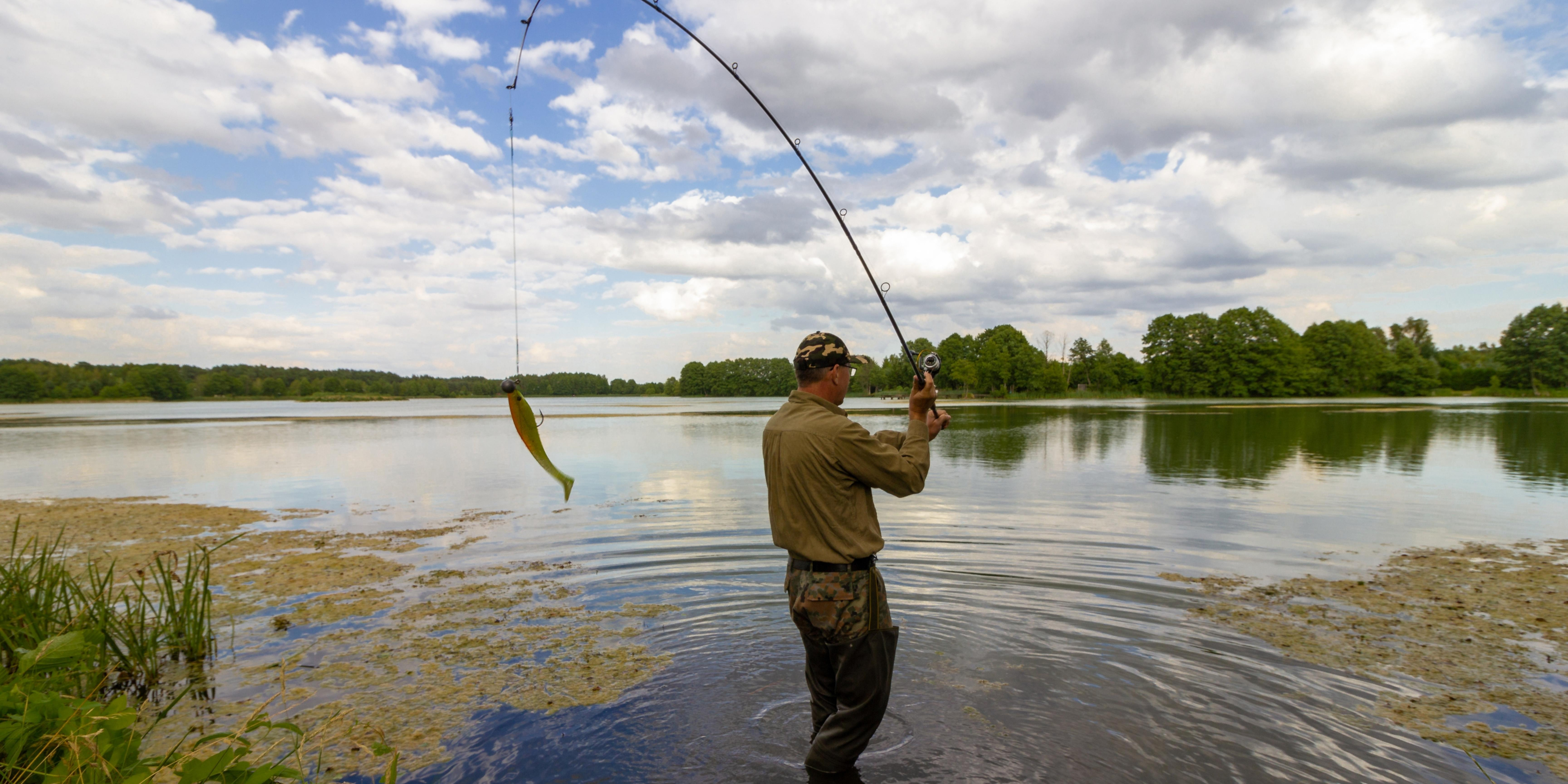 What lure is best for bream?
What lure is best for bream?
Bream are generally found in lakes in the spring through the summertime and then moves into rivers for the fall season. They are especially common during the spawning season from mid-March through mid-May. Their favorite food is worms and small crustaceans like crayfish. Bream can be caught on basically any bait that you choose, but there are some lures that will stand out more than others.
As we mentioned earlier, bream are opportunistic feeders and will take just about anything that comes their way. However, they do have a preference for small baitfish. This means that lures that are designed to imitate small baitfish are often the most successful at catching bream. Some of our favorite lures for bream include minnow-shaped plugs, grubs, and small spinnerbaits.
Another important factor to consider when choosing a lure is the water conditions. Bream are most active in warm, shallow water, so lures that work well in these conditions are often the best choice.
What soft plastic lures do bream like? Some of our top picks for bream lures include the following:
Rapala Original Floater
The Rapala Original Floater is a classic baitfish-imitating lure that has been proven to be effective for targeting bream. The lure is designed to float just under the surface of the water, making it easy to fish in shallow areas where bream are often found.
One of the great things about this lure is that it can be easily fished in a variety of ways. It can be cast and retrieved, bounced along the bottom, or even slow-rolled through the water. No matter how you fish it, the Rapala Original Floater is sure to attract attention from bream.
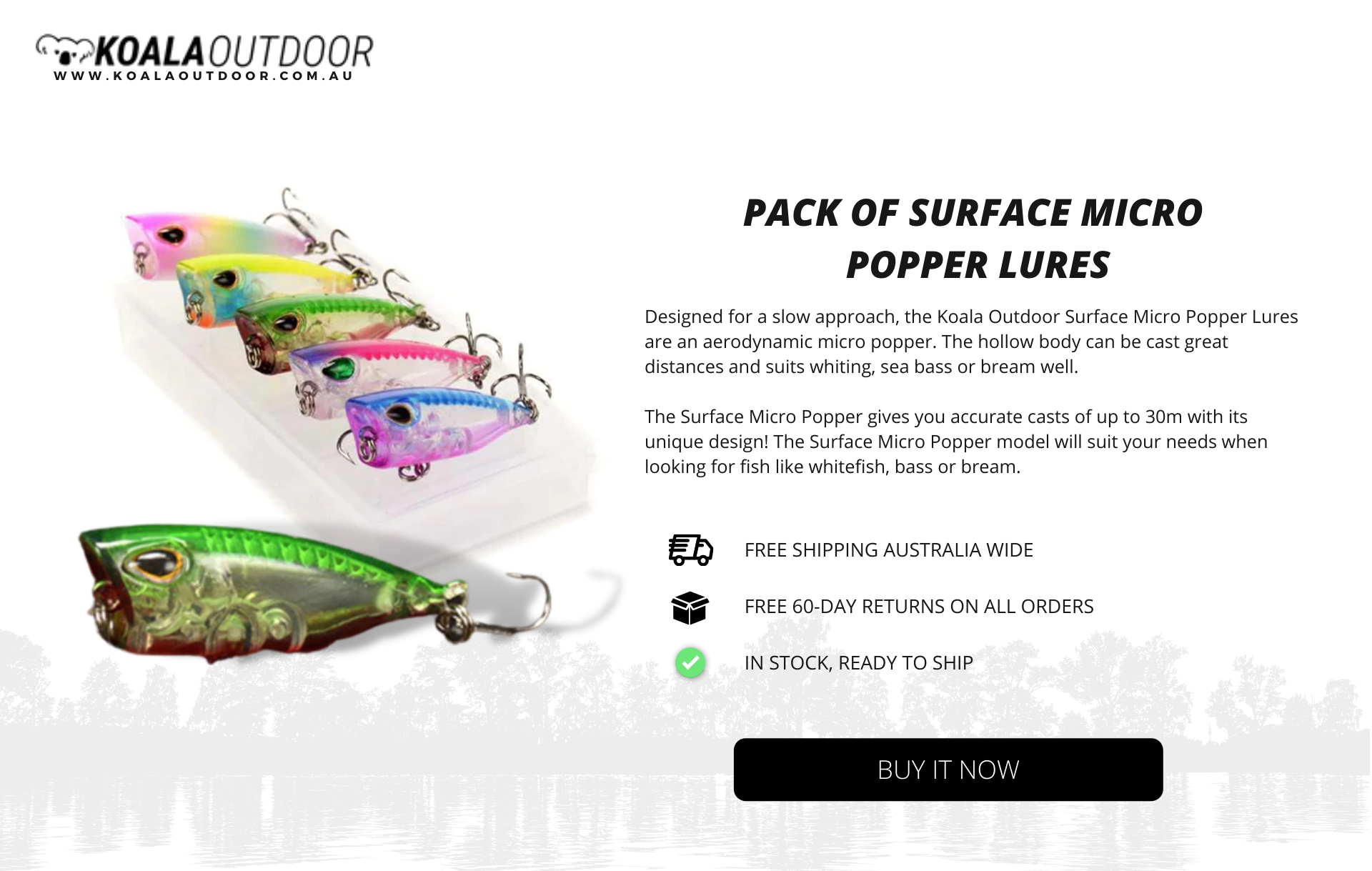 Micro Popper Lures
Micro Popper Lures
While it is now competing with many other surface lures, it remains a standout performer. These micro popper lures are a topwater lure that is designed to imitate a small baitfish trying to escape. This makes it an ideal choice for fishing around bream-holding cover, as the fish will often strike at the lure as it pops and splashes along the surface. The Micro popper lure is a great choice for fishing in shallow water, as it can be easily cast and retrieved without getting snagged on vegetation.
Johnson Beetle Spin
The Johnson Beetle Spin is a small spinnerbait that is designed to imitate a baitfish. It is a great choice for fishing in shallow water, as it can be easily bounced along the bottom without getting snagged on vegetation.
The Johnson Beetle Spin is a great choice for fishing around bream-holding cover, as the fish will often strike at the lure as it spins and flashes in the water.
Berkley Pro Twitchtail Minnow
While bream will inhabit built-up waterways in cities just as readily as beaches and little-known backwaters, they can get spooked easily. The Berkley Pro Twitchtail Minnow is a small baitfish-imitating bream lure that is designed to float just under the surface of the water. This makes it a great choice for fishing in shallow areas where bream are often found.
One of the great things about this lure is that it can be easily fished in a variety of ways. It can be cast and retrieved, bounced along the bottom, or even slow-rolled through the water. No matter how you fish it, the Berkley Pro Twitchtail Minnow is sure to attract attention from bream.
Now that you know what lure is best to target bream, let's take a look at some tips and techniques to help you land the big one.
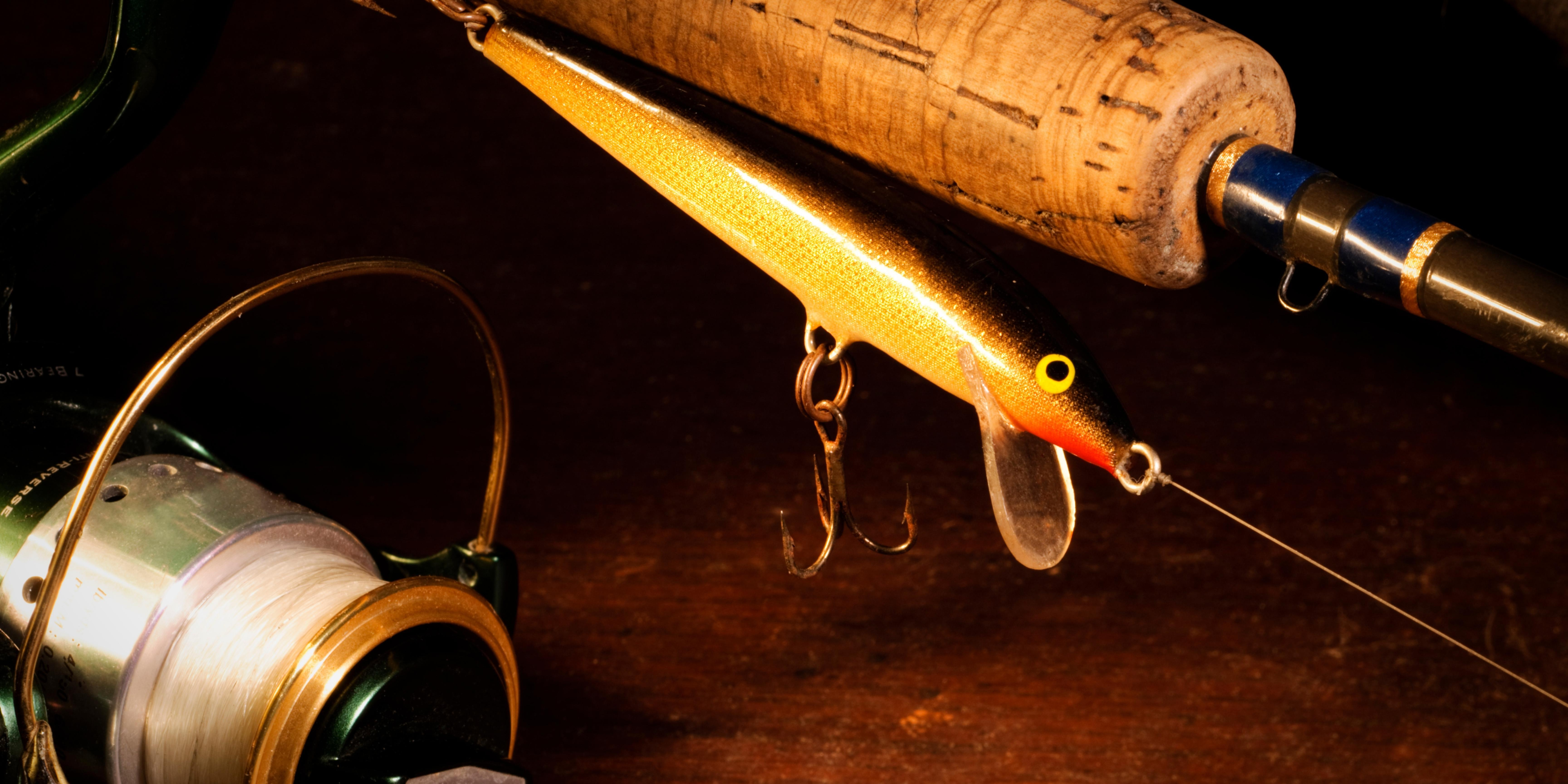 Can you catch bream with lures?
Can you catch bream with lures?
Yes! Bream are found in most Australian rivers and many of these fish are attracted to soft plastic lures. The natural action of the lure is irresistible and a bream will often strike the lure before it settles on the bottom. A bream will often hit a soft plastic lure with such force that it will break the line. This can be frustrating if you do not have a spare spool of line handy, but they also make excellent cut bait for larger fish such as bass.
The natural action is incredibly effective on bream. The scaled and bulbous body, along with the wiggly tails and fins, stir up the water and make a delicious splash for the bream to find. The soft plastic lures are easy to use, affordable, and will catch fish consistently.
Can you catch bream with soft plastic lures?
Yes! For many reasons, soft plastic lures have been a top choice for many years. They are affordable and the natural action makes them irresistible for bream. Soft plastic lures are versatile, either casting into open water or fishing hard up against the structure. The use of soft plastics is not a new concept to most bream anglers, but it may not be clear which lure type is best to use when bream fishing.
The best fish lure for bream is soft plastic. These lures are available in many different colors, shapes, and sizes. They are crafted with a wiggling action that is irresistible to the fish. Soft plastic lures can be used in both open water and around structures. The variety of colors and the natural swimming action makes them the first choice for many anglers.
Bream can be a fun, exciting, and challenging target on light gear, as well as a species that can be targeted in a wide range of environments with an even more comprehensive array of techniques.
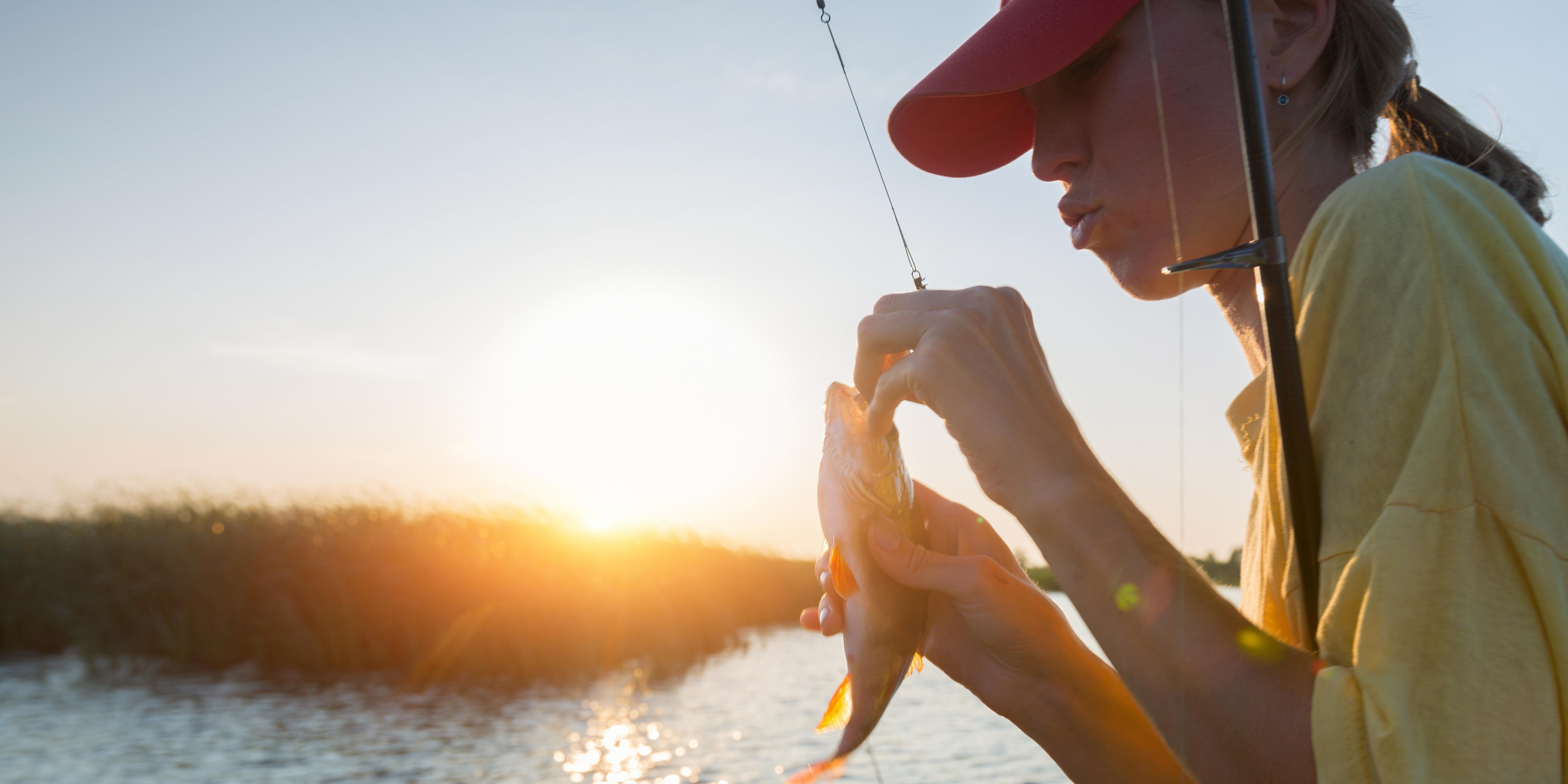 What is the best time to catch bream?
What is the best time to catch bream?
Breams are similar to other fish in that they have a life cycle. In the spring and summer, bream will often be found in shallower water. Why? Because this is when they will be moving into spawning areas. Bream are especially active at this time, making them easier to catch.
The best time to catch bream is in the spring and summer when they are most active. In the spring, bream will often be found in shallower water as they move into spawning areas. And in the summer, they will often be found in deeper water where they can stay cooler. However, bream can be caught all year long if you know where to look for them.
During the summer months, you can find bream in deeper waters where it is cooler. They also won't move around as much as they did earlier in the year so you may need to use different bait if you want to catch them at this time of year.
When fall approaches, bream tend to get more active again and will move back into shallow waters where they were found earlier in the year. The best time to catch these fish during this season is early morning or late evening when the sun is not as harsh.
They also might be found in shallow water during this time if it's warm enough for them. This is because their activity levels will decrease due to the cold temperatures, so finding them in only certain areas will be dependent on how cold it is. This can make catching them a little more challenging, but they are still out there waiting to be caught.
In winter, black bream will often congregate in large schools and can be found in both deep and shallow waters. The best time to catch these fish during this season is early morning or late evening when the sun is not as harsh.
As you can see, the best time to catch bream can vary depending on the season. However, in general, you will have the most success if you fish for them in warm, shallow water during the summer months or early morning or late evening during the fall and winter months.
Regardless of what season it is, you should focus on deep holes that allow you to cast further distances with your bait or lure. These fish prefer to feed on bait fish that live around these holes, so your best chance of success is by fishing here.
If you don't have access to deep holes and your favorite fishing areas have been all fished out, try moving from one area to another until you find a spot where black bream are hiding.
What time of day do bream bite best?
When fishing for bream, it’s very important to know what time of the day is the best for catching them. If you’re a night fisherman and want to catch bream, it’s best to target bream around an hour before the sun sets. However, if you’d rather fish during the day, it’s best to start around three hours before sunrise.
Bream are mostly nighttime feeders. They get their energy from the food they eat all day long and are very active at dusk. This is why they are most active at night. During the day they still eat here and there, but not nearly as much as they do at night.
For some people, it might be hard to fish at night because of work or other commitments that take up your time during the daylight hours. So if you’re like me and don’t have much spare time during the evening, it’s best to fish in the early morning or late afternoon well into the evening hours. These are the perfect times for fishing for bream when on the surface. They’re not as active during these times just as they aren’t at night, but they will respond well to various lures, and baits are thrown their way.
While there are different times of the day that are better than others for catching bream, ultimately it comes down to the type of lure or baits you’re using. If you use the wrong lure, you won’t catch anything no matter what time of day it is. So make sure you do your research and figure out what best lures or baits bream are attracted to the most. Once you have that information, you can start planning your lure fishing trip around the best time of day when fishing for bream in your area.
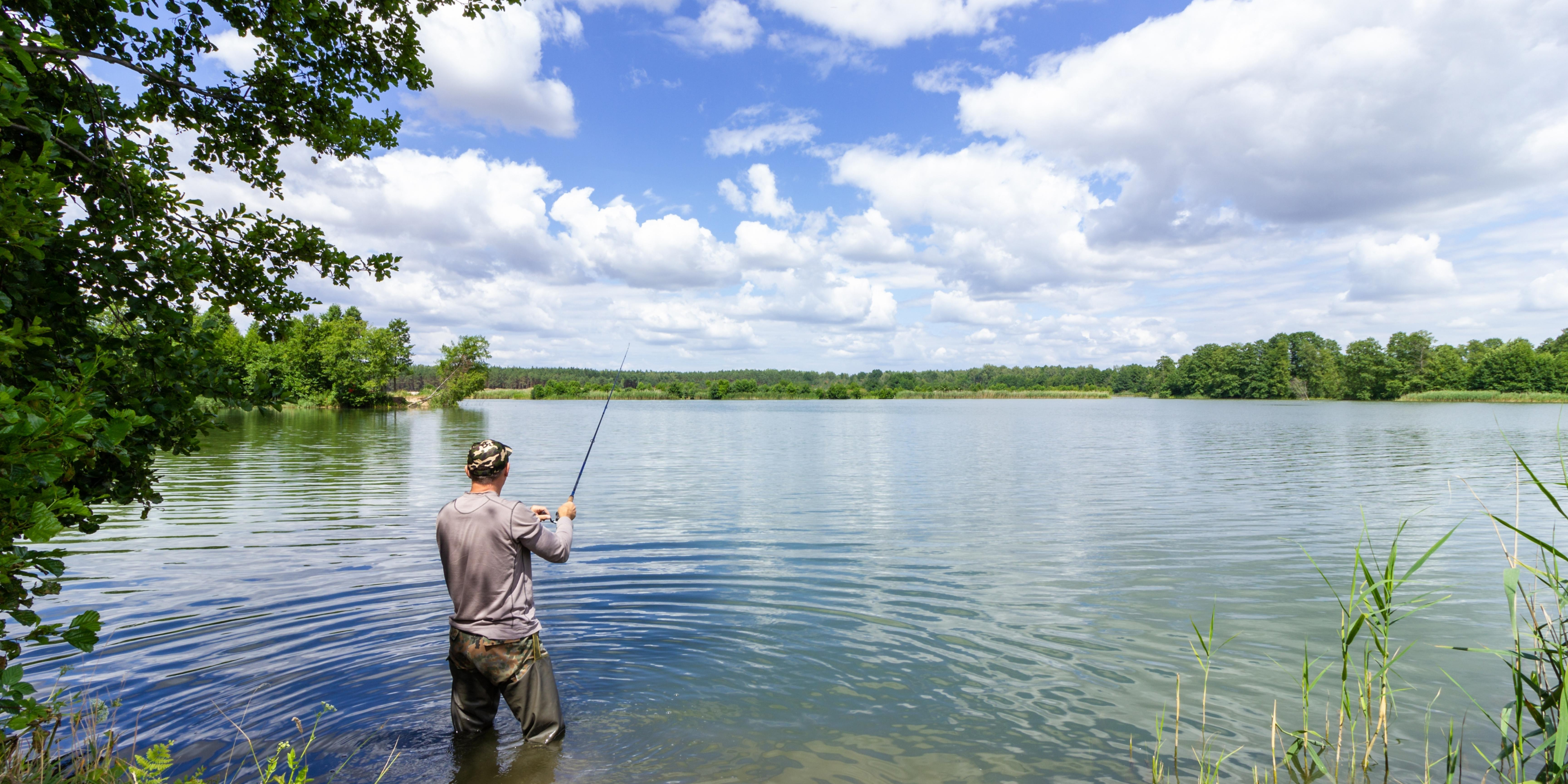 How deep do you fish for bream?
How deep do you fish for bream?
Breams are most active in warm, shallow water, so they are typically found in waters that are less than 20 feet deep. Sea bream loves structures and will seek shelter in shade, submerged trees, boat ramps, bridges, jetties, and pylons. However, they can be caught in deeper waters if the conditions are right. The best depth to fish for bream depends on the specific conditions and on the type of lure you are using.
Fishing through winter on the Gold Coast can see water temps hover around 16° at the lowest up to 18° and through summer anywhere from 20° to 26° is normal. Black breams are most active in warm, shallow water, so the best depth to fish for them is typically in waters that are less than 20 feet deep. However, they can be caught in deeper waters if the conditions are right. The best depth to fish for bream depends on the specific conditions and on the type of lure you are using.
How do you rig soft plastic?
When you're worming a soft plastic worm, the black bream doesn't often hit the lure on the head of the hook—that's because it's not what attracts them. The flash and vibration that comes from the tail are what they're going after. To properly rig your plastic worm, you have to put the hook point through the middle of the tail to get through that vital section of vibration-inducing bait.
That's easier said than done when you have to push the point through a thin piece of flexible material that has already been bent around a couple of times. The method we'll walk you through below will ensure that your soft plastic worms are always rigged correctly, so your chances of catching that next big bass go up.
Step 1
The first step is to find an area on or in the tail where you can mark or measure for accuracy. The most precise way is a ruler or caliper, but anything that gives you a straight edge will do if it's close enough—a nail file will work in a pinch.
Step 2
Push your jig hook point through one side of your soft plastic worm until it emerges from the opposite side.
Step 3
Make sure the point sits exactly beneath the mark you made in step two. If it doesn't, pull the hook out and start over.
Step 4
Bend the worm material around the shank of the hook until it's snug. You want there to be a little bit of giving so the worm can still move, but not so much that it slips off easily.
Step 5
Take your pliers and pinch the worm material flush against the shank of the hook. This ensures that the worm stays in place and doesn't slide down the shank.
Step 6
Trim off any excess worm material. You don't want there to be any loose ends that can get tangled or snag on something.
When you rig soft plastic this way, you can get incredibly detailed and lifelike lures, but you also have to be careful not to damage the plastic after cutting it or carving it—if you do, then your plastic won't be as resilient or flexible as it was before.
A great way to avoid damaging your best lures is to use thin-bladed scissors for cutting and to make sure that you're using very sharp hooks. If the hook isn't sharp enough, then it might bend when pushing it through the soft plastic, causing damage and ruining your lure.
 Conclusion
Conclusion
Hopefully, you’re now more prepared to go out and catch some bream. There’s a good reason why fishermen love catching these fish – they’re friendly and fun to catch, plus there are enough of them in the waters for it not to become too repetitive. Just remember these tips and head out there and have some fun!
Koala Outdoor offers anglers across Australia the best fishing gear, advice, and tips. Visit our online fishing store to find the best products—and if you want more information, check out our blog page! Don't forget to sign up for our mailing list so you can be the first to know about new blogs, product updates, and special giveaways!





